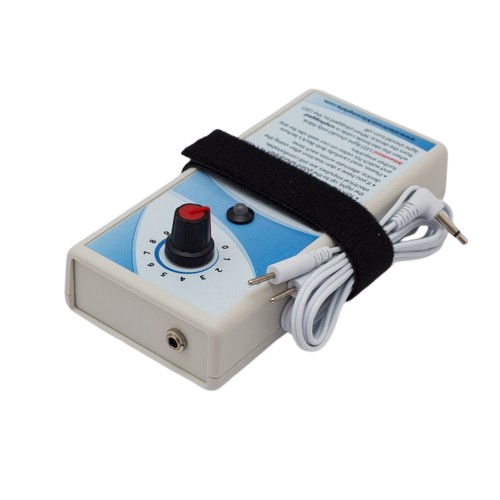Electromyography
Electromyography (EMG): Electromyography (EMG) is a diagnostic procedure used to evaluate the electrical activity of muscles and the associated nerve pathways. It is commonly performed to assess and diagnose various muscle and nerve-related conditions.
During an EMG, small electrodes are placed on the skin above the muscles being tested or, in some cases, directly inserted into the muscles using fine needles. These electrodes detect and record the electrical signals produced by the muscles at rest and during contraction.
The recorded electrical activity provides valuable information about the health and function of the muscles and the nerves controlling them. EMG can help identify abnormalities such as muscle disorders, nerve damage or compression, neuromuscular junction disorders, and other neuromuscular conditions.
There are two main types of EMG tests: surface EMG and needle EMG. Surface EMG involves placing adhesive electrodes on the skin surface, while needle EMG involves the insertion of thin, sterile needles into the muscles being examined. Needle EMG is often considered more accurate for detailed evaluations of muscle function.
The EMG procedure is typically well-tolerated, but some individuals may experience mild discomfort during needle insertion or muscle contractions. The discomfort is usually minimal and temporary. The duration of the procedure depends on the number of muscles being tested and the complexity of the evaluation.
EMG results, combined with a comprehensive clinical assessment, aid in diagnosing and understanding the underlying cause of muscle weakness, pain, or other symptoms. This information can guide treatment decisions, such as developing a targeted rehabilitation plan or determining the need for further diagnostic tests or interventions.
It’s important to note that EMG should be performed and interpreted by qualified healthcare professionals, such as neurologists, physiatrists, or specialized technicians. They have the expertise to analyze the EMG data and provide an accurate diagnosis based on the findings.
If you have concerns about muscle weakness, pain, or other neuromuscular symptoms, it’s advisable to consult with a healthcare provider who can determine if an EMG is appropriate and discuss the potential benefits and risks associated with the procedure.
Please keep in mind that the information provided here is for general knowledge purposes and should not replace professional medical advice. Always consult with a qualified healthcare provider for personalized information and guidance based on your specific medical condition.
